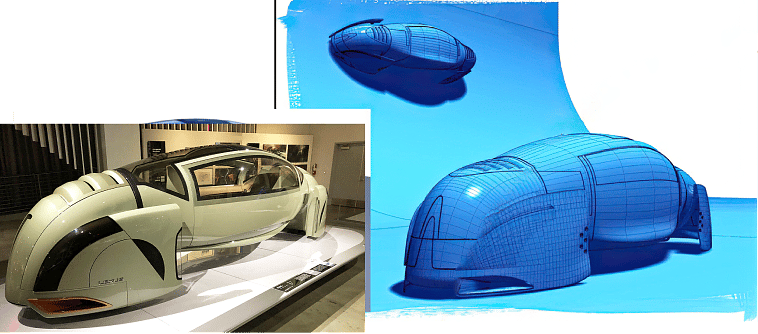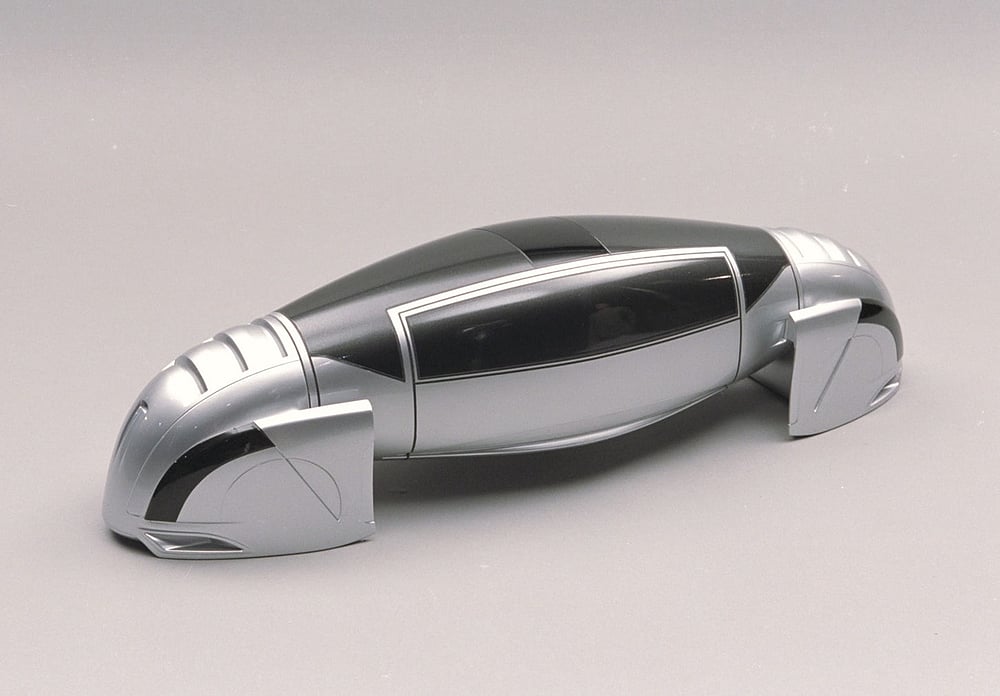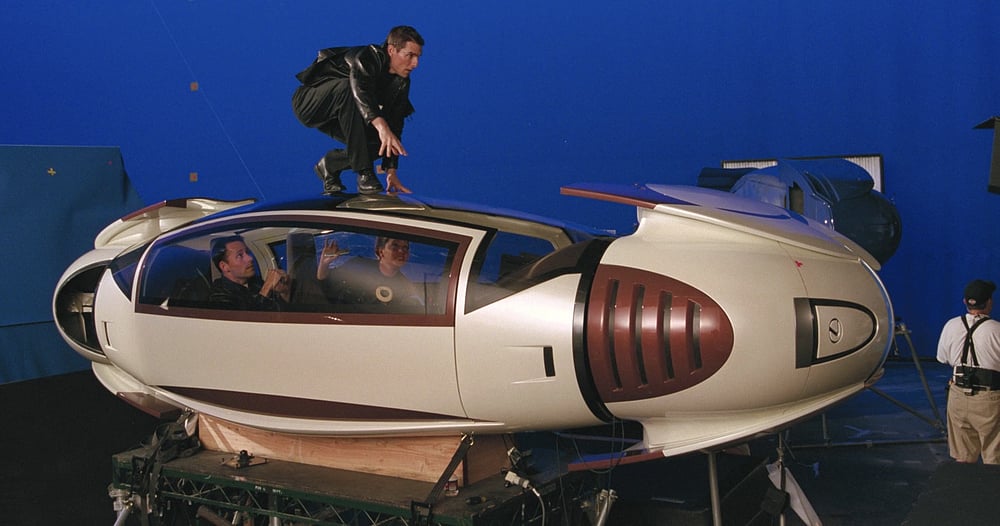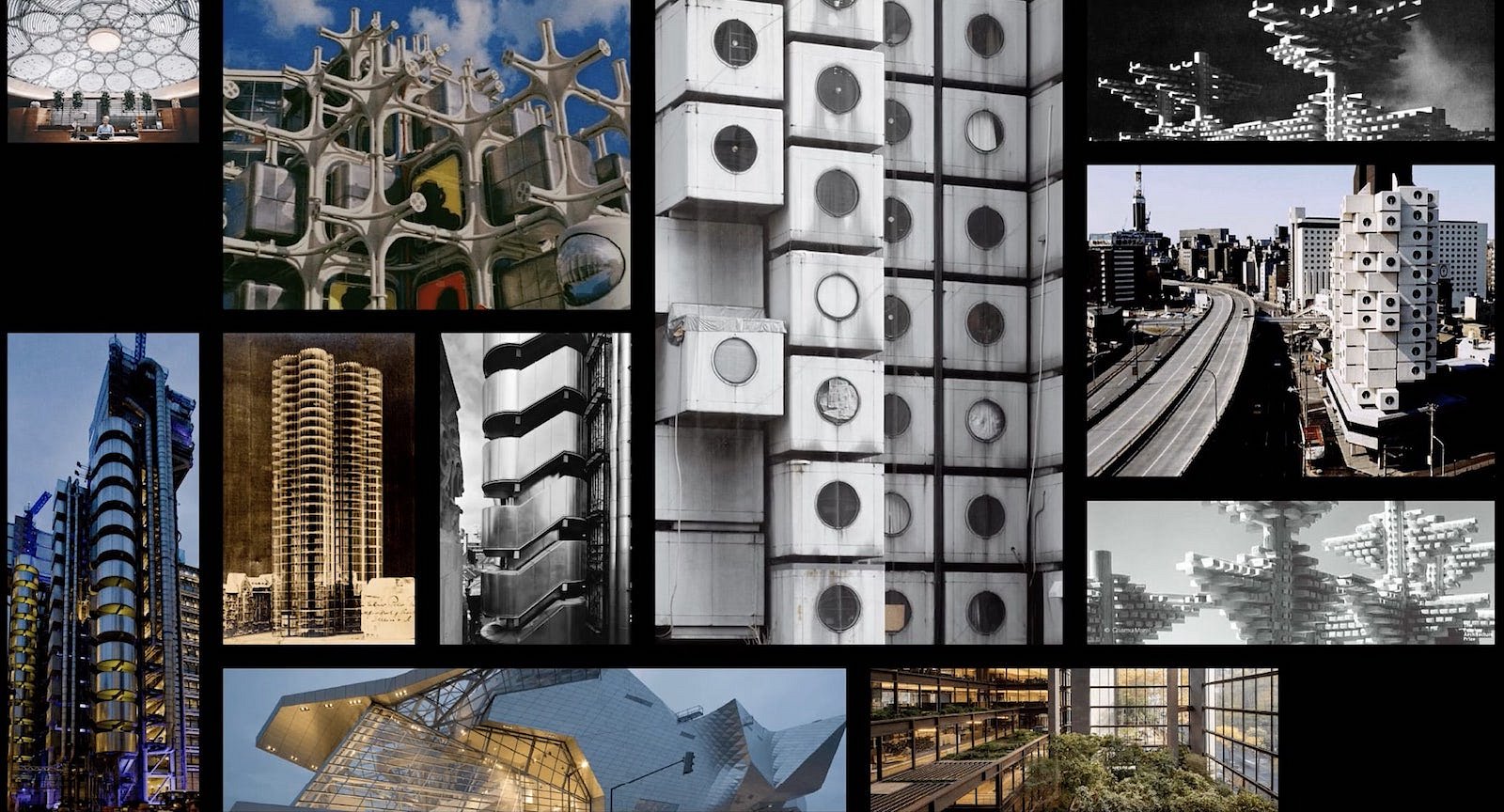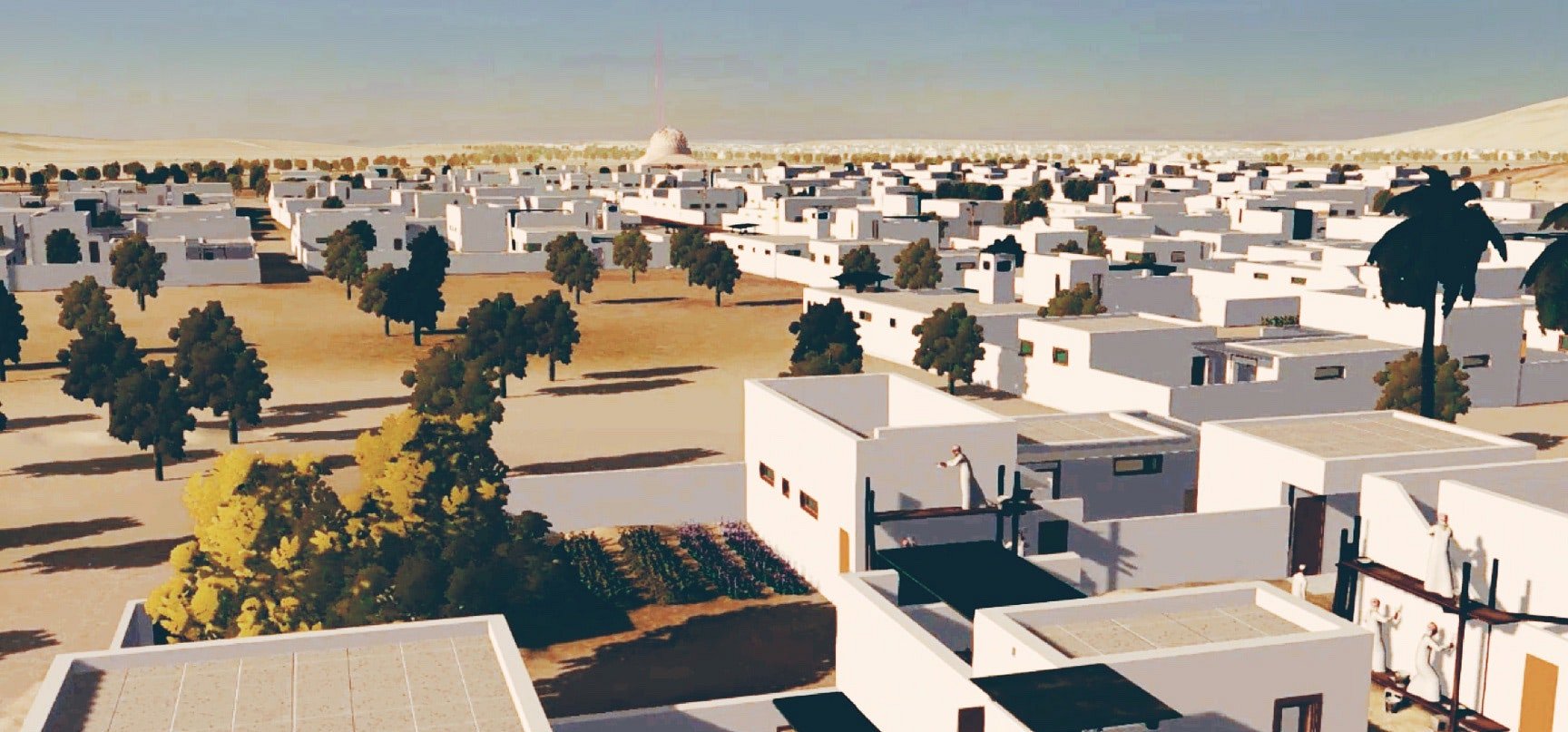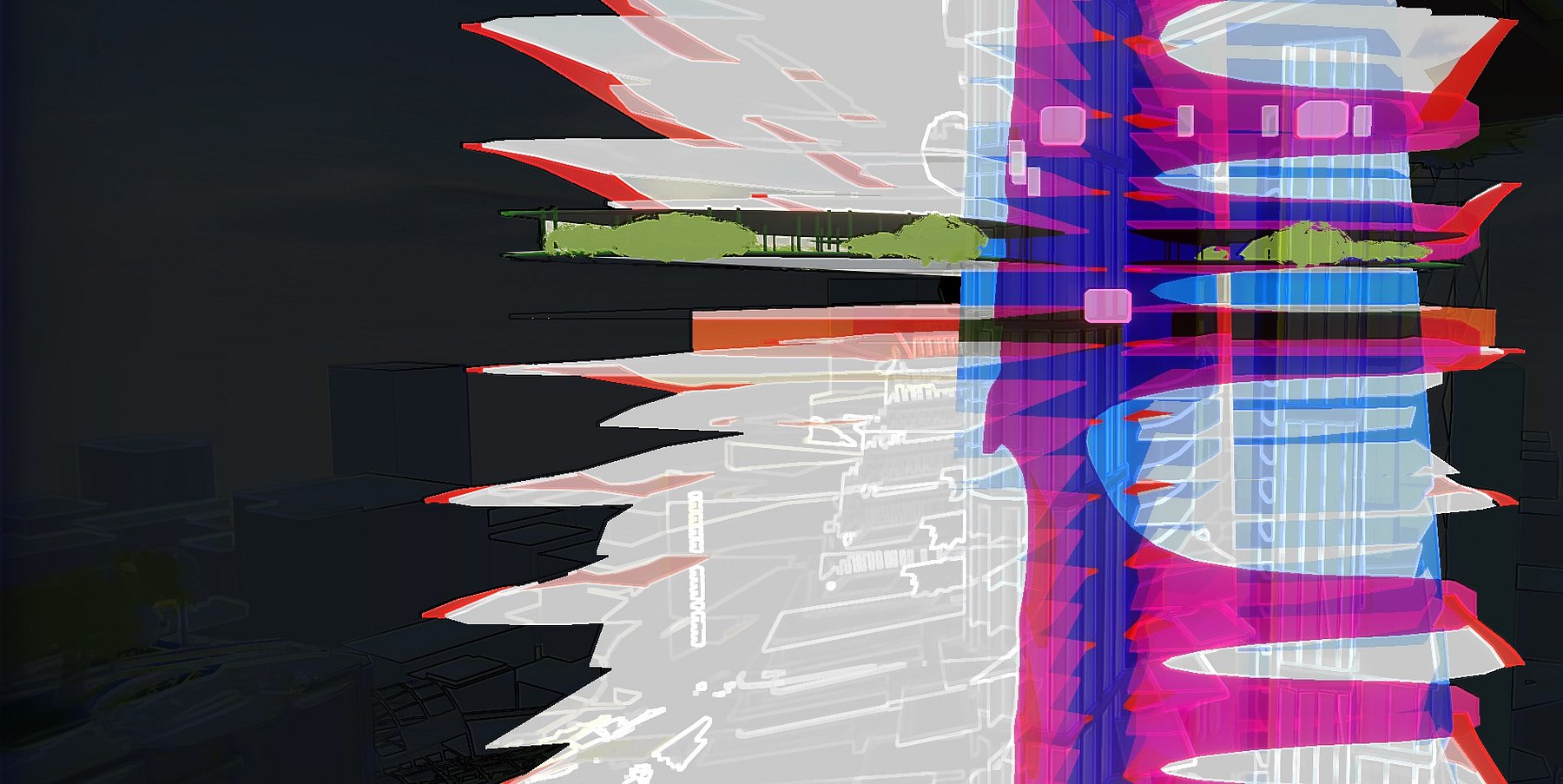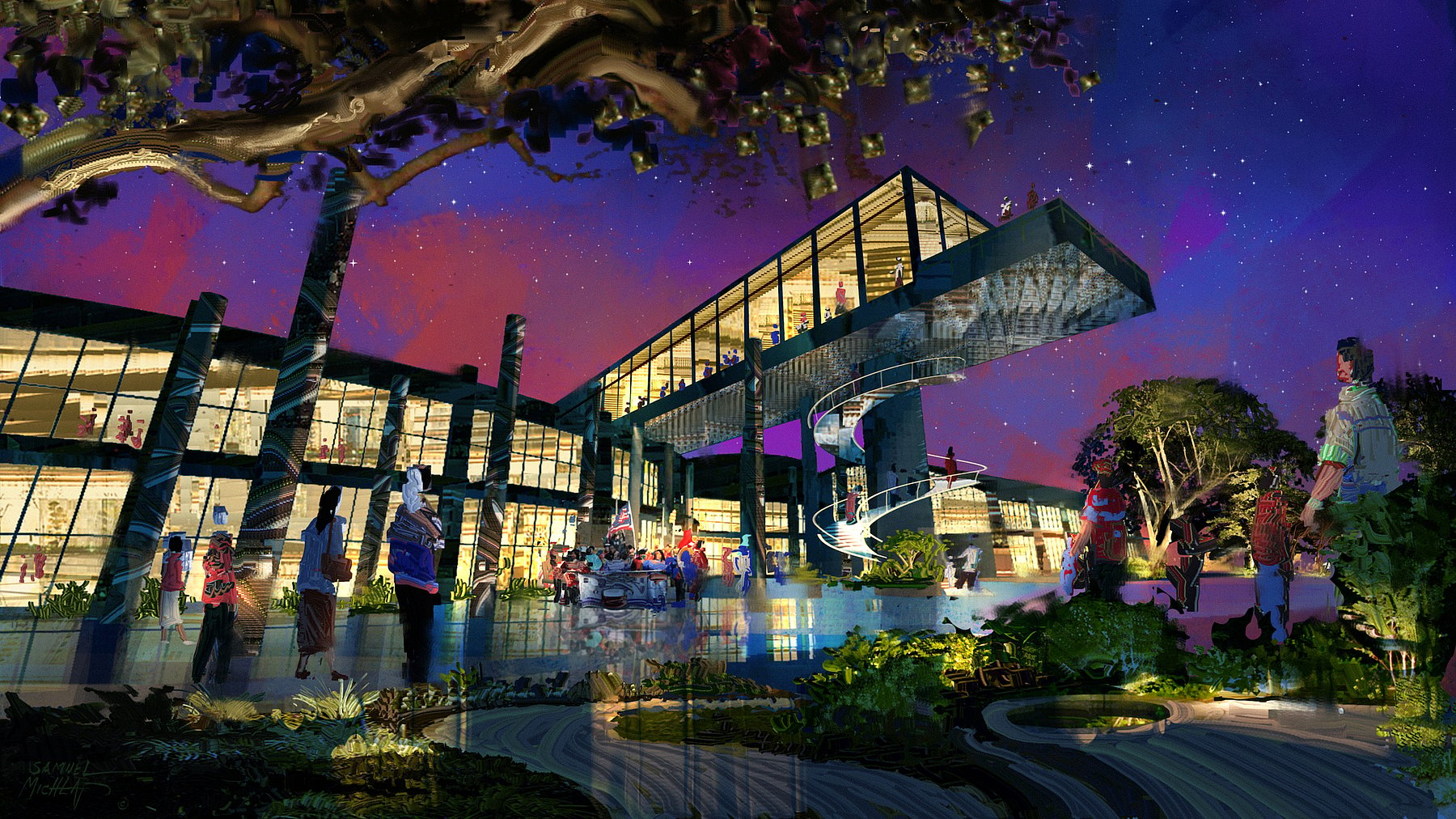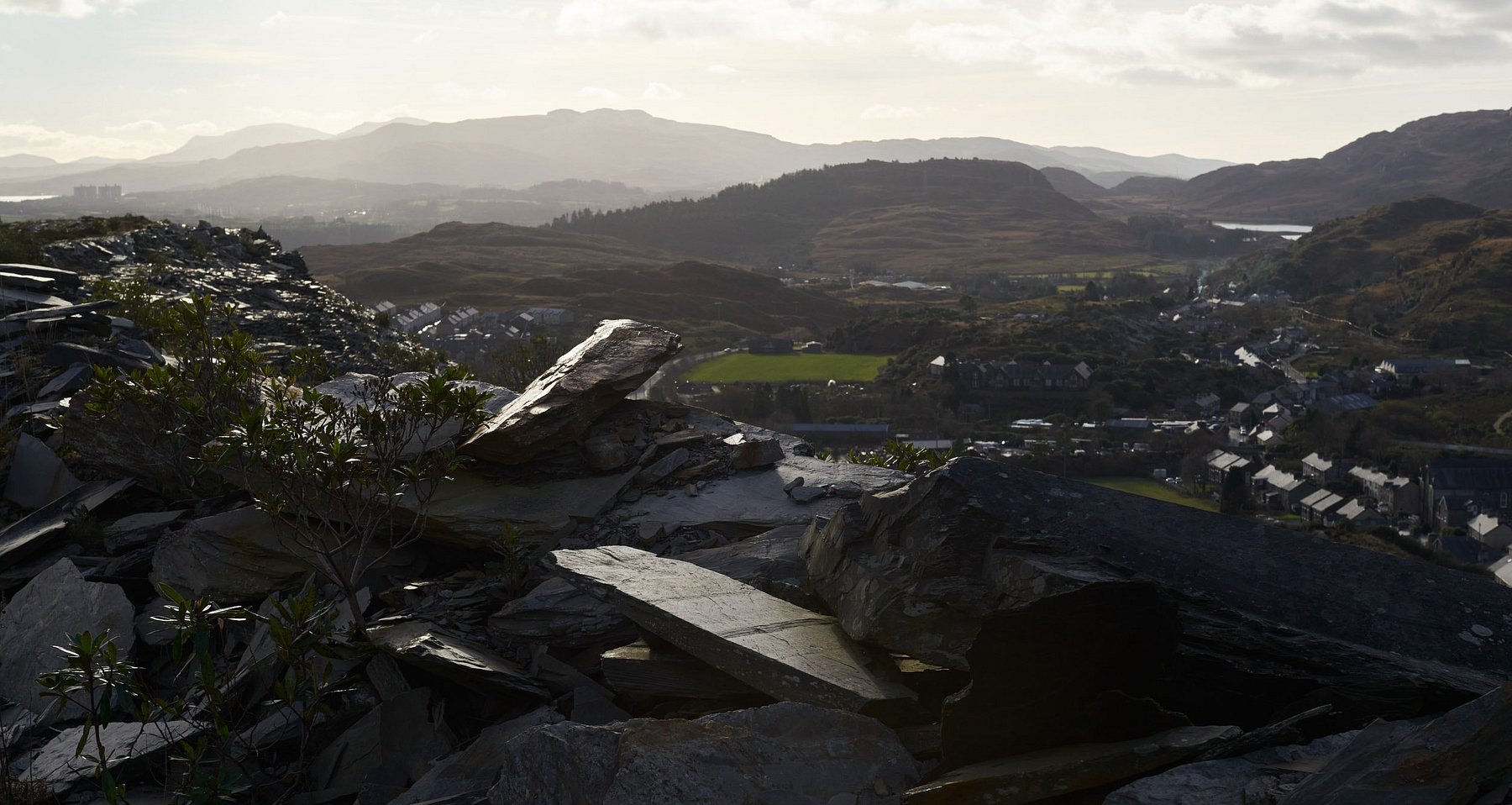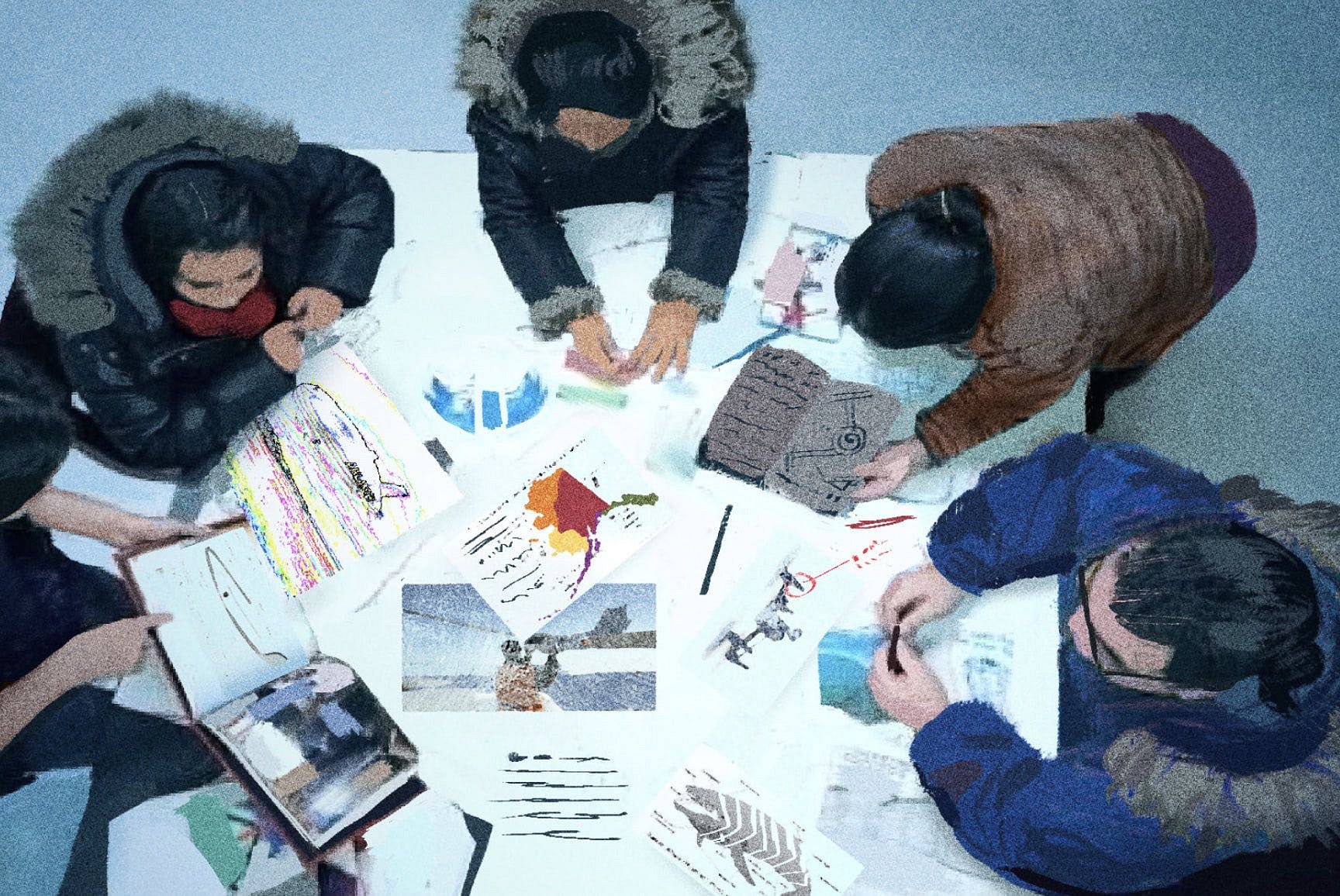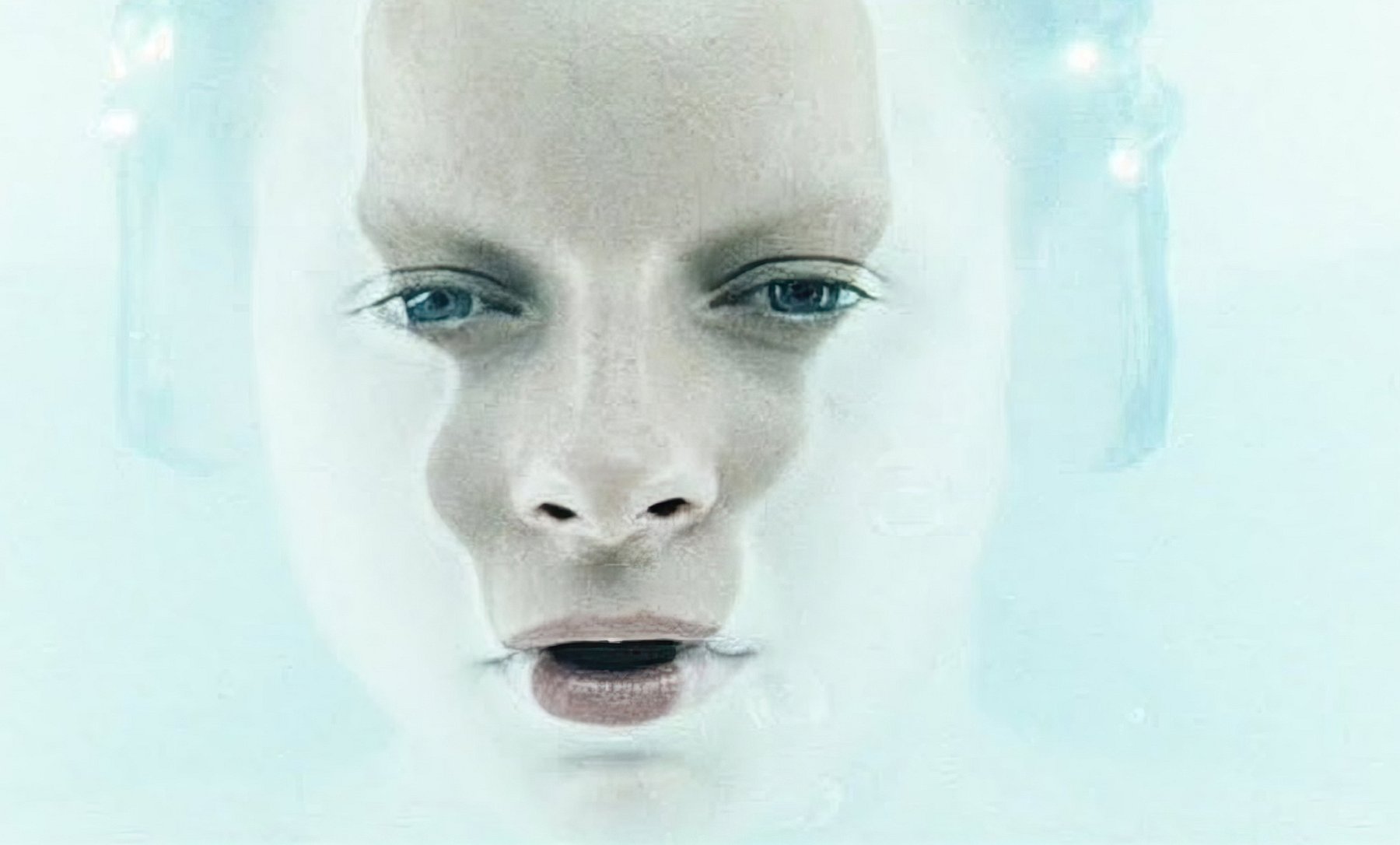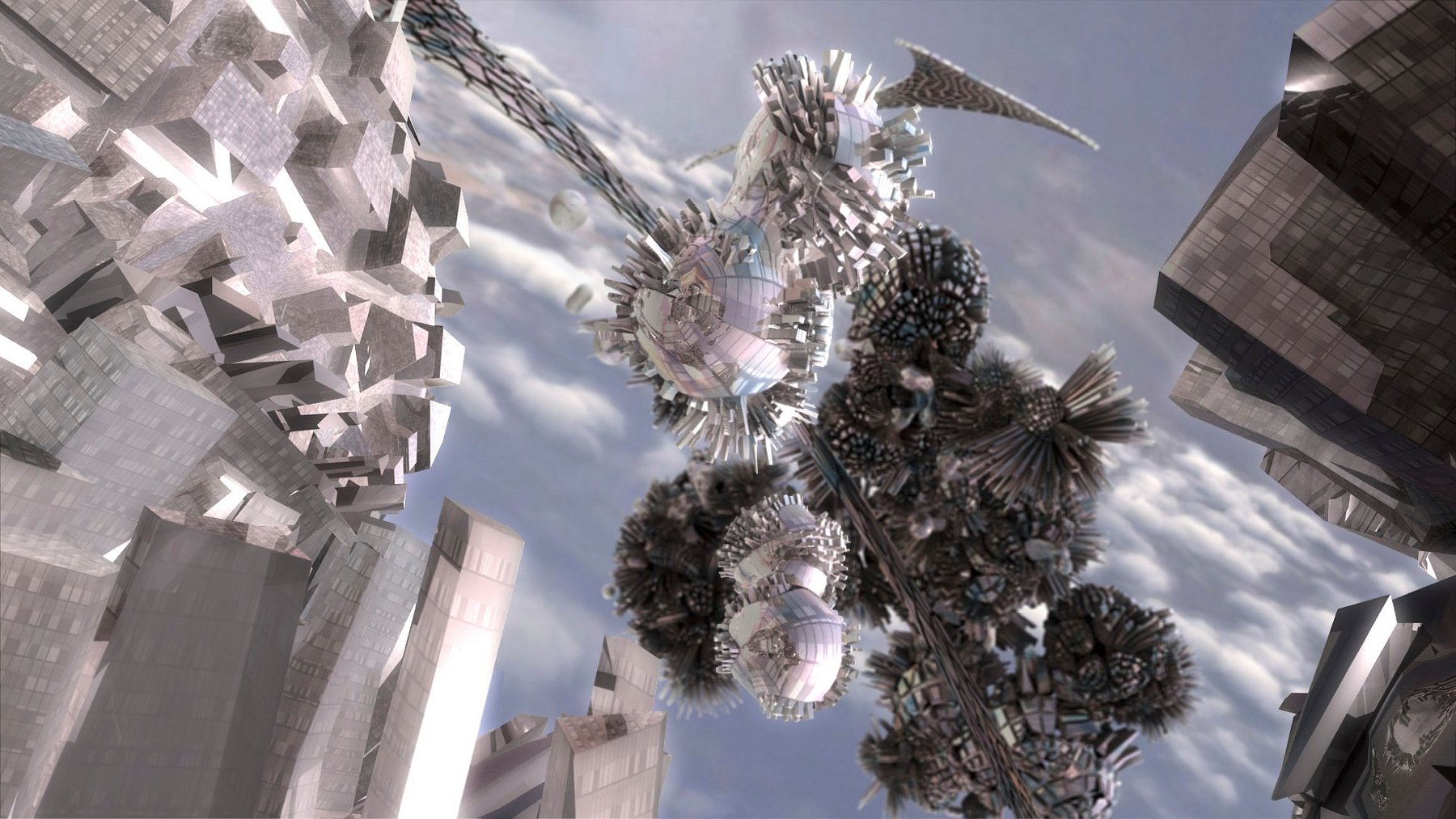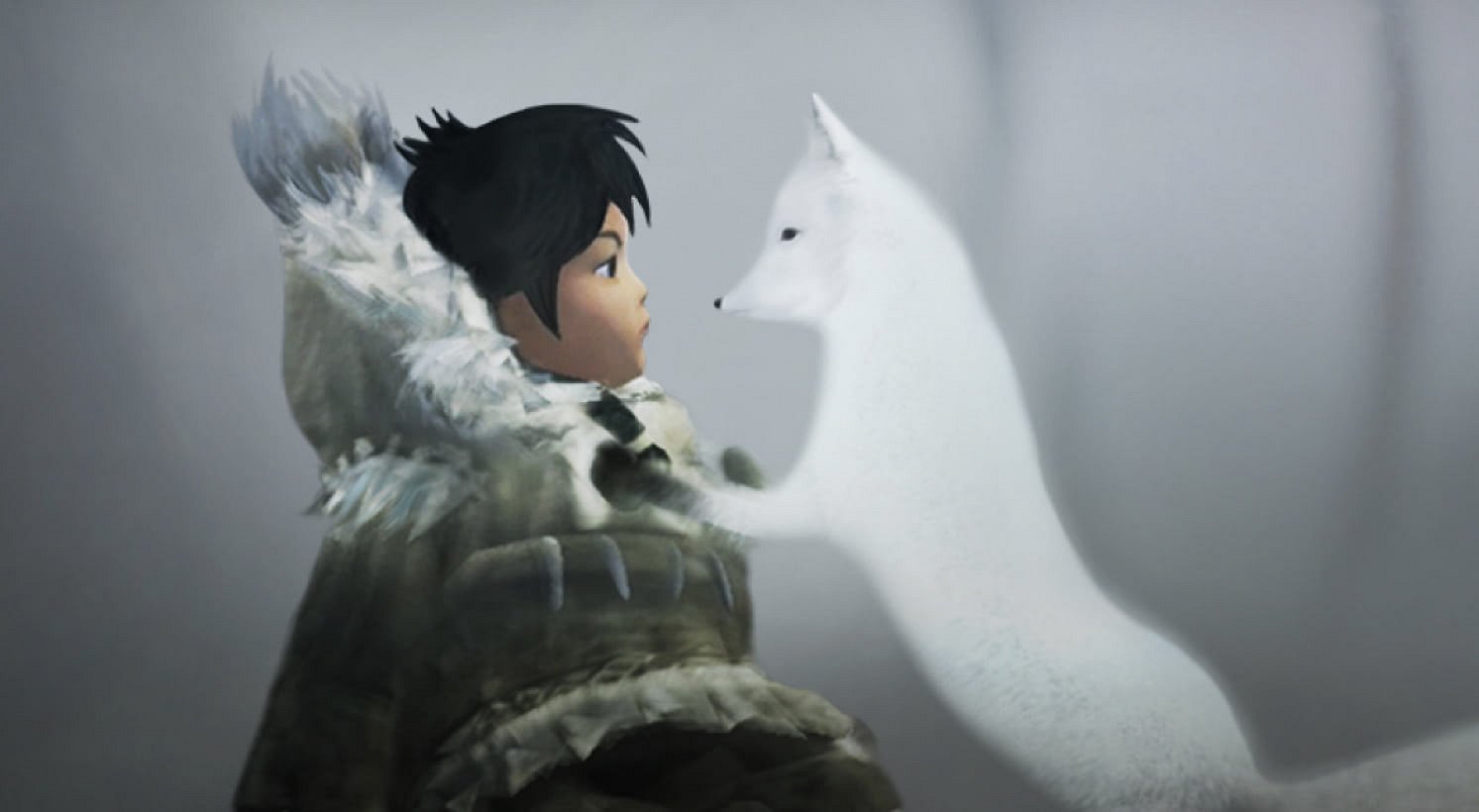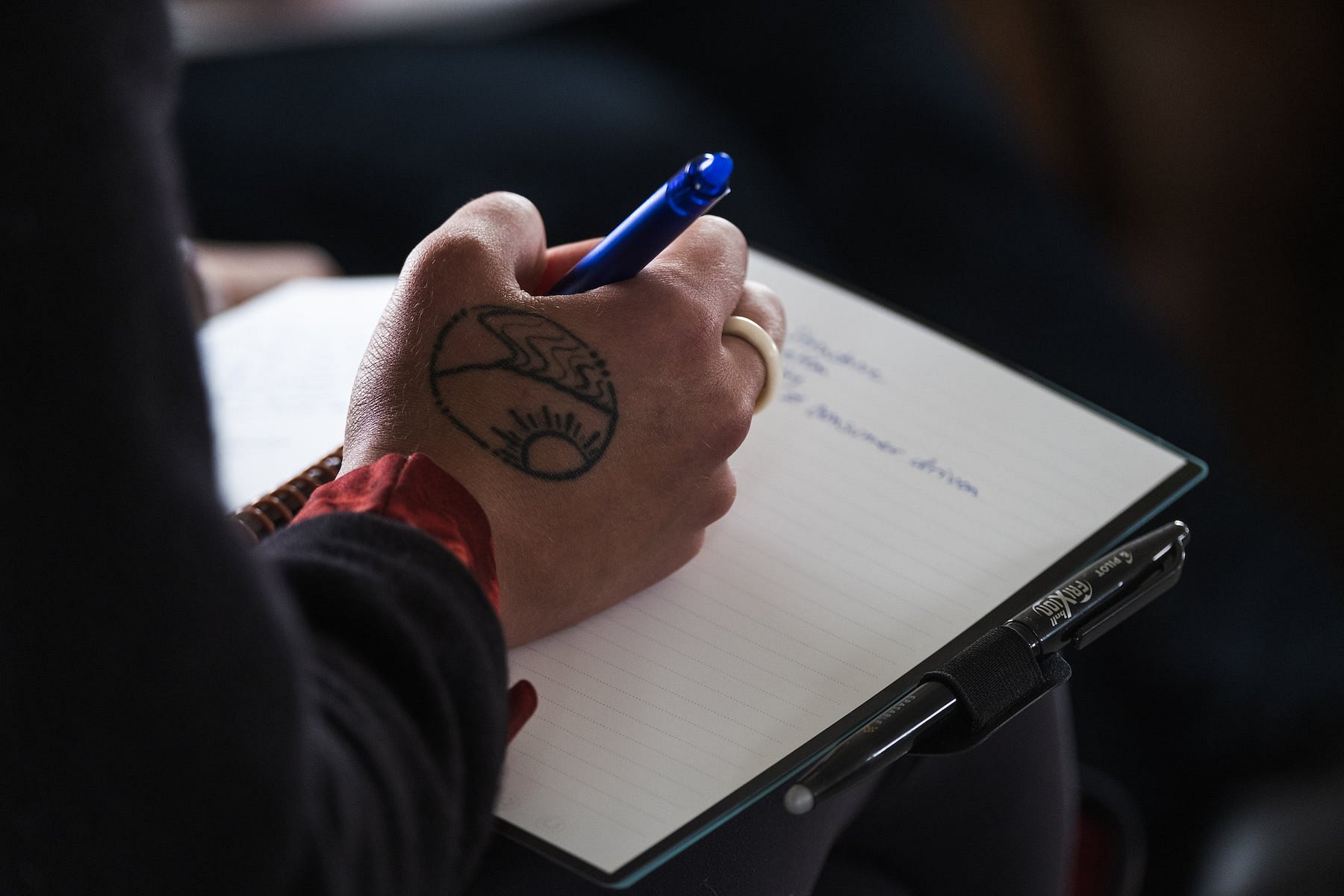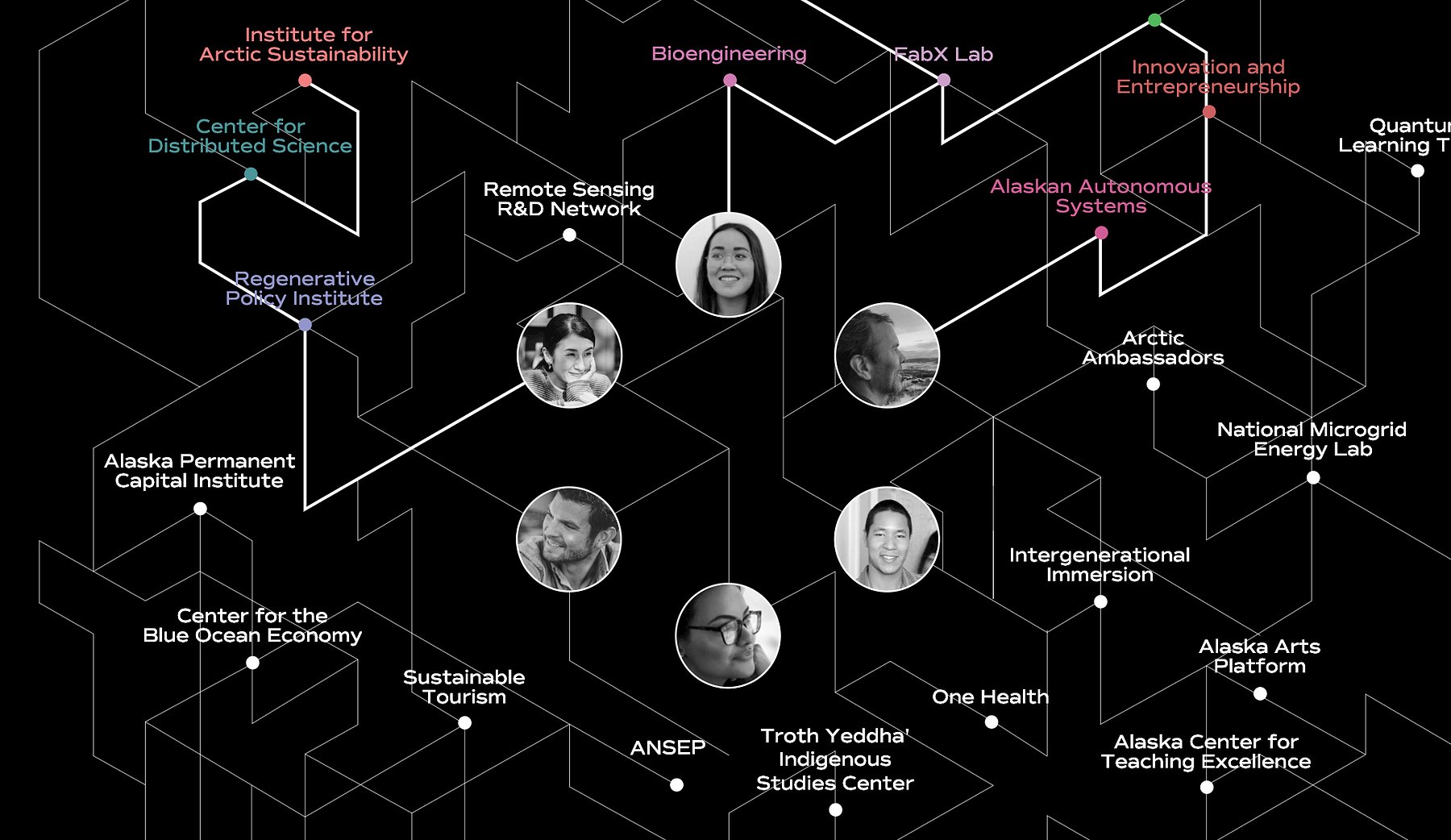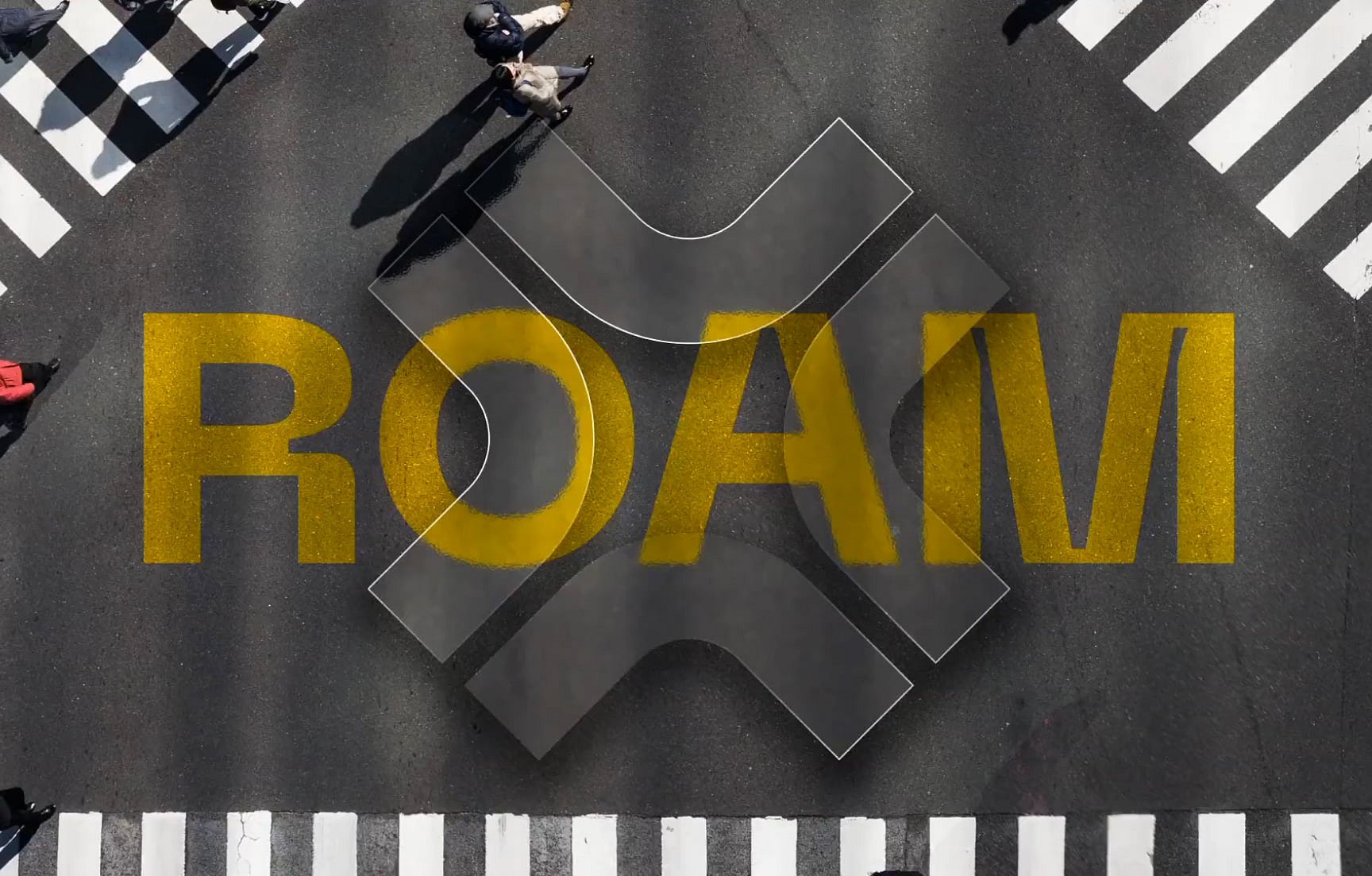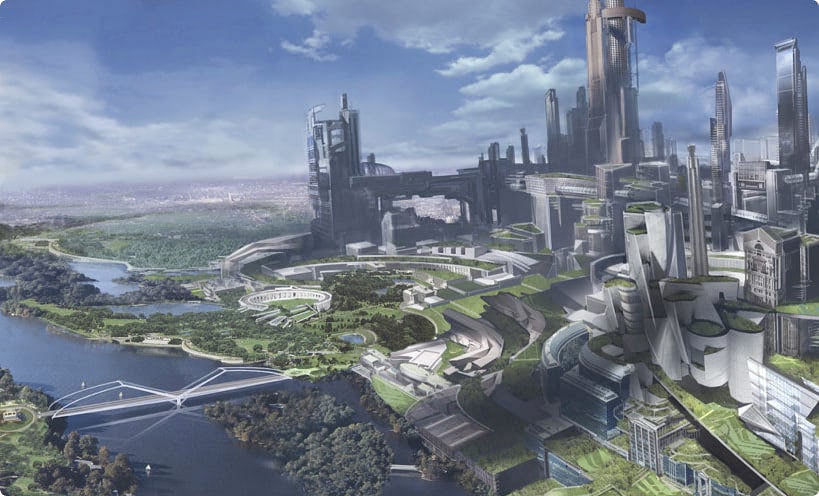
2054 Future Reality
Minority Report
2001
What if we built a world that could predict the future?
With most films, the screenplay informs the production design. But with Minority Report, a densely-layered narrative world was developed before the script was written.


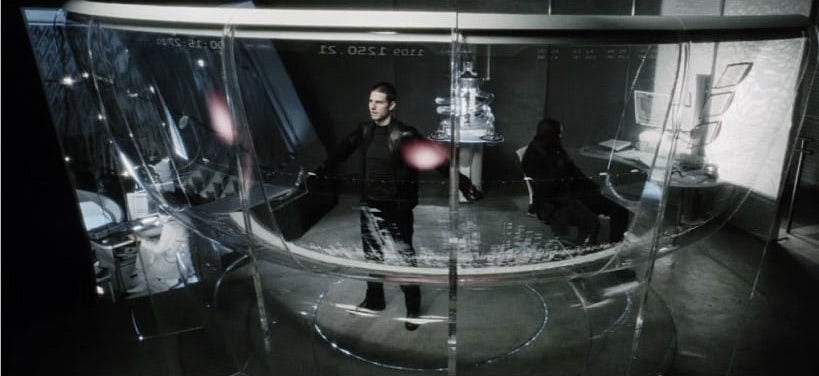
After a 2-day think-tank between the designers, Steven Spielberg, and renowned futurists assembled by producer Walter Parkes, McDowell convenes with MIT Media Lab, DARPA, Lexus, Apple, and more, to observe the earliest hints of the evolution of architecture, transportation, urban planning, non-lethal weaponry, bio-mimicry, wearables, consumer marketing, media and communication, art and science. Steven Spielberg’s vision of a future reality rather than science fiction is the origin of the design development that weaves together storytelling and science as a foundational basis for world building the future.
Minority Report has been connected to over 100 patents and innovations, many that are now part
of our everyday lives.


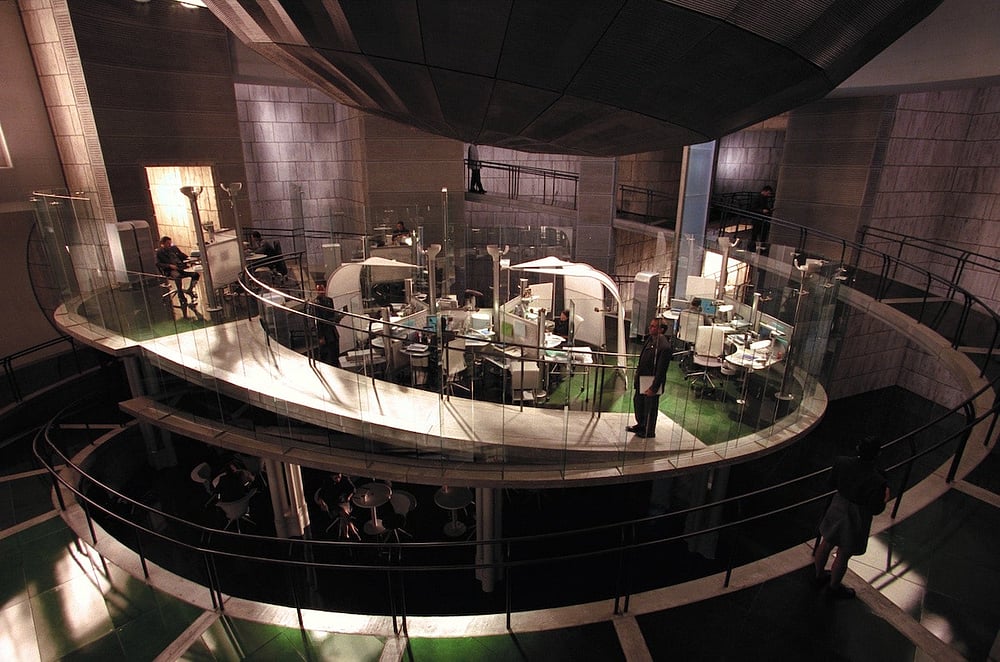
The design process necessary to develop the future world of Minority Report upends the
traditional c20 film production model.

“Minority Report really was startlingly prescient. When it comes to movies that predict our
actual future, Minority Report has no equal…”
Andrew Liptak, Author io9 2017
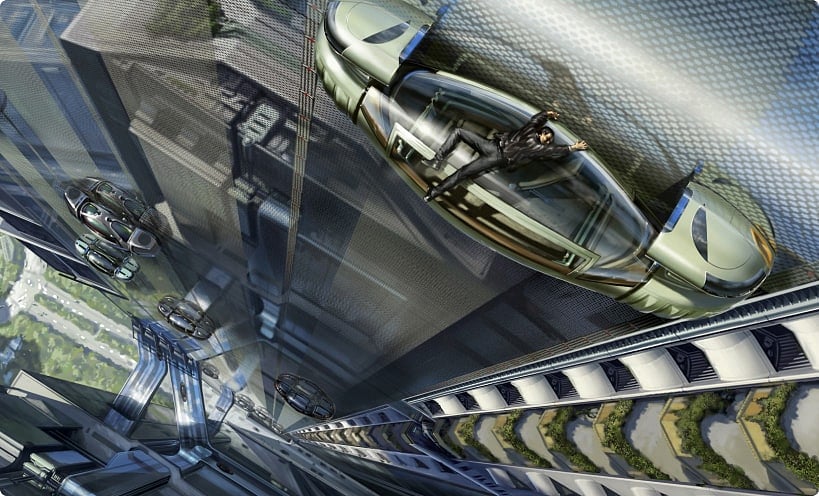
An entire transportation system starts from a single idea — to create a vehicle that combines a taxi and elevator so the hero can go from his home high in the city to work at the Police Department in old DC. The outcome is an autonomous mobile unit capable of vertical and horizontal travel, becoming part of the living space at rest and an intricate mobility system in action.
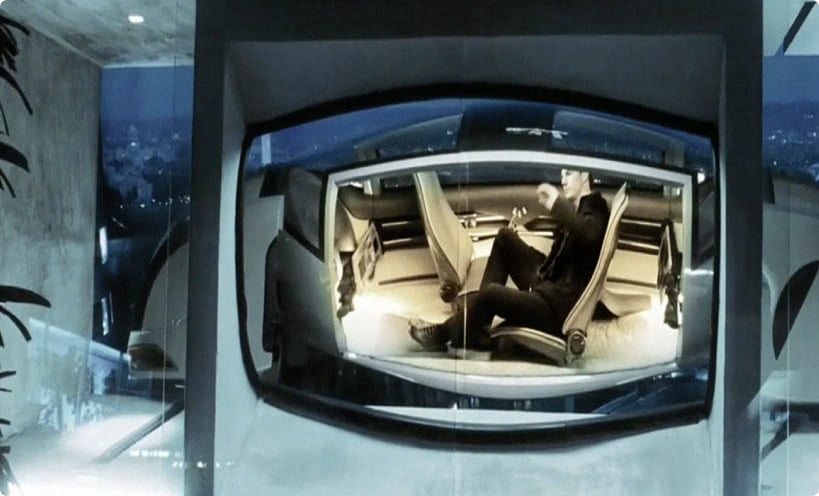
In any world build there’s the opportunity for multiple lenses. In minority report the world was used to support a linear narrative but multiple stories were also developed within the world to support the script: stories about urban planning, mobility, immersive technologies, targeted advertising.
In this Minority Report world, any of these themes could have become central narratives.
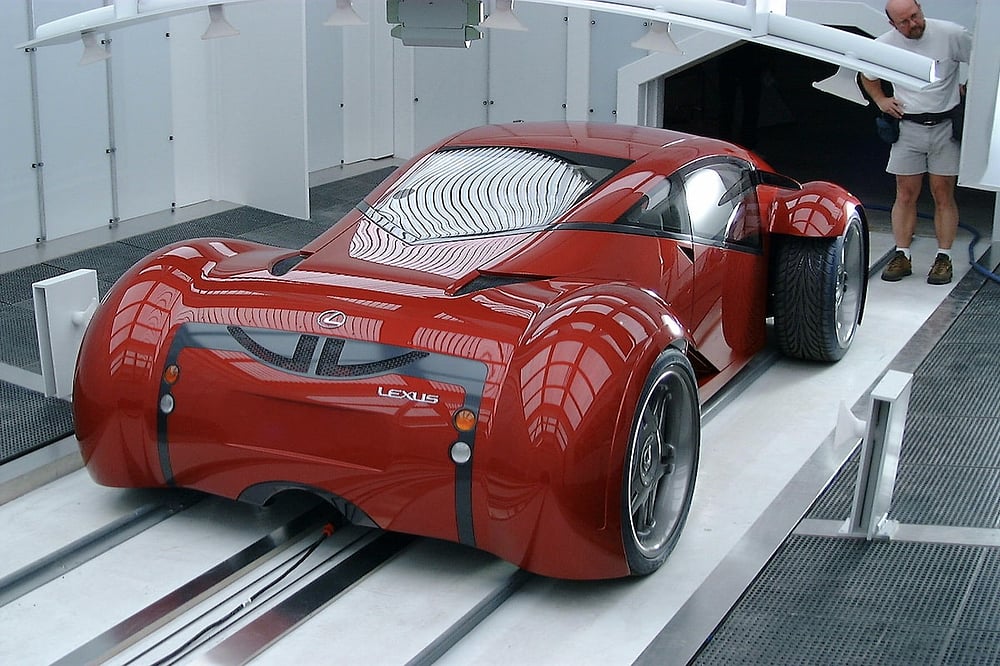
In the course of the film production McDowell hires renown automotive designer Harald Belker [Mercedes Benz] to design the vertical and the convertible Lexus, both produced as approval models and at full-scale for shooting.
A design visualization early model of the two cities by the Pixel Liberation Front helps the team understand the infrastructure of the system.

The same 3D structural data is used for all assets, prototype to final, at scales and in media as required.
